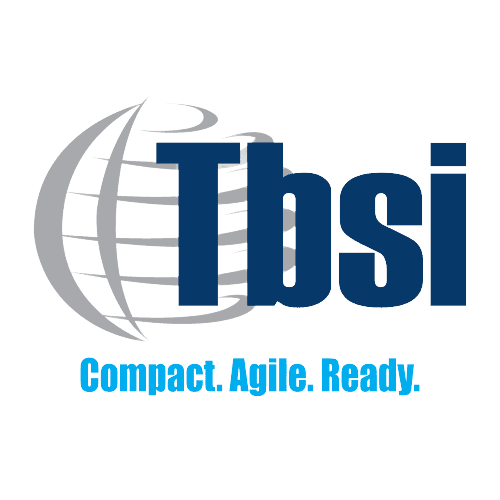Automation capitalizes on technological advancements to efficiently manage machinery and processes, with the ultimate goals of increasing production speeds and output, all while ensuring quality products and reducing costs. Welding automation, also known as robotic welding, is one of the more widely used robotic applications in the industrial sector. The process typically utilizes a robotic arm with three-dimensional capabilities for movement, replacing manual labor with technology and controlling a welding torch to unite materials or components into one assembly. Manufacturers often use this advantageous automated process when carrying out high-volume and repetitive welding tasks.
Benefits of Welding Automation
Welding is already present in virtually every industry. Automating the process offers operations a wealth of benefits, including:
- Increased efficiency and output. Robotic welding significantly improves upon the rate of manual operations, allowing companies to increase production speeds and make better use of their workforce in other areas.
- Decreased opportunities for human error. No matter how much training welders receive, the human workforce will never be immune to making mistakes. Automated processes are more reliably consistent.
- Versatility. Automated systems are more flexible in that users can configure them as they please, moving or modifying their placement when necessary.
- Improved safety conditions for staff. Automated welding improves the safety of a facility because workers will not expose themselves to hazardous environments.
- Budgetary advantages. Increased productivity equates to higher profits. Also, eliminating human error saves on raw material waste and the production time involved in reworking.
Common Welding Automation Processes
Manufacturers have a variety of robotic welding options to choose from when selecting the ideal automated process. The following methods can be semi- or fully automated for faster production and improved accuracy:
- Metal inert gas (MIG) welding. To generate a welded joint with automated MIG welding, a continuous, solid wire electrode passes quickly through a welding gun and then into the weld pool. A shielding gas safeguards the weld pool against contaminants. This economical arc welding method is also known as gas metal arc welding (GMAW).
- Tungsten inert gas (TIG) welding. Another arc welding technique, versatile TIG welding utilizes tungsten electrodes for high-quality welded joints. It is an ideal method for creating joints between thin or small components.
- Dual-shield welding. This type of arc welding generates an arc that passes between a consumable electrode and the weld pool, which receives protection from an external shielding gas and an electrode’s internal flux. It’s also referred to as flux core arc welding (FCAW).
- Grid welding. This form of welding uses a pattern board for the precise positioning of individual wires as they go through welding machinery. The weld creates wire mesh by combining orthogonal wire pairs in a grid configuration.
- Pulsed welding. This form of welding uses both low and high currents, switching between the two during production. It’s applicable for a range of material thicknesses for good versatility, and it also improves material resistance and minimizes heat input.
- Spot welding. Spot welding combines heat from an electric current and pressure to melt metal sheets and join them together. The pressure is not released until the joint is set, and no filler material is required for the process.
Robotic welding processes can also incorporate things like automated remote welding, joint locating, weld seam tracking, process simulation, and offline system programming for more flexible manufacturing operations and greater process control.
Future of Welding Automation
Trained human welders will continue to have a place in welding processes. Often, they can better handle specialized tasks, or a single operator may oversee multiple processes or pieces of equipment working in sync. However, welding automation continues to grow in manufacturing as it can streamline the process and offer so many benefits to an operation. Assembly lines, in particular, are capitalizing on automated processes like welding to increase efficiency and repeatable production.
Another type of robotic welding that is gaining in popularity is laser welding. This newer technology utilizes a high-powered beam of light to create the heat needed to rapidly melt and weld metal components together. The process currently struggles with dense or thick metals, so this is an area in which laser welding innovations would be useful.
Automated Solutions From TBSI
At Taylor Business Strategies, Inc., we offer expert manufacturing solutions to customers in a variety of industrial sectors, with an emphasis on welding. TBSI offers a range of robotic welding capabilities to meet varying needs, such as MIG, TIG, dual-shield, grid, pulsed, and spot welding. We complement our services with fast lead times and affordable prices to best serve our customers.
Are you running into production limitations in your welding project? Contact us today to request a quote and learn more about TBSI and the services we offer.

